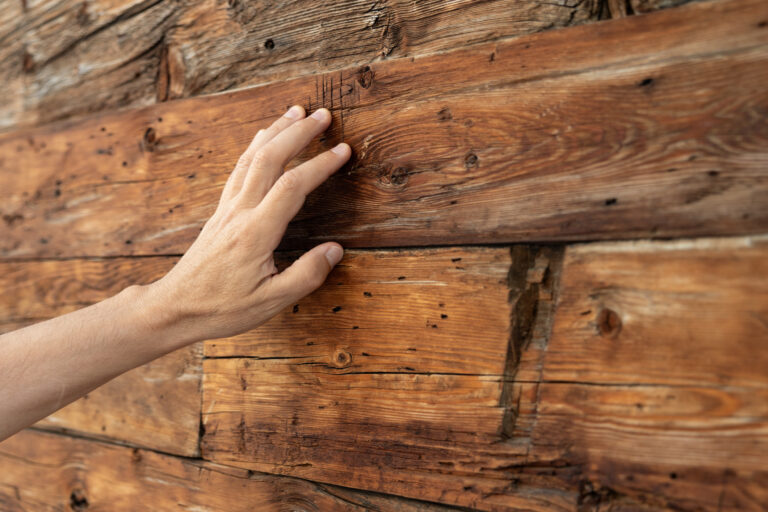January 2, 2024 – In Germany, approximately three million buildings are contaminated with toxic wood preservatives like lindane and pentachlorophenol (PCP), raising significant health concerns. Traditional remediation methods, such as insulating contaminated areas or disposing of affected materials as hazardous waste, are neither sustainable nor cost-effective. In response, researchers at the Fraunhofer Institute for Building Physics IBP have initiated the CycloPlasma project, developing a new process for the residue-free and sustainable removal of these contaminants from wooden structures and indoor air.
Utilizing innovative cyclodextrin (CD) gels, the team encapsulates harmful substances, effectively binding them and preventing health risks. These gels, applied like varnish, are derived from starch and can trap contaminants in their molecular structure, thus providing an efficient decontamination method. “The cyclodextrins encase the toxins, absorbing them without altering the wood’s integrity,” explains Dr. Andrea Burdack-Freitag, a lead researcher on the project.
The CycloPlasma system combines this adsorption technology with plasma treatment to purify indoor air. A ceiling-mounted plasma device generates a gas that degrades remaining toxins, ensuring a comprehensive removal of contaminants. Initial tests have shown promising results, with laboratory methods achieving complete degradation of pollutants and field tests at the historic Thürlmühle mill reducing contaminant levels by two-thirds.
This technology is modular and adaptable for various environments, including homes, schools, and public buildings. The Fraunhofer team has filed a patent for their innovative formula, which holds potential for broader applications, including restoration of wooden furniture and structures. Continued testing will evaluate the longevity of the cyclodextrin layer and its efficacy on other materials.
Find the original press release here.

